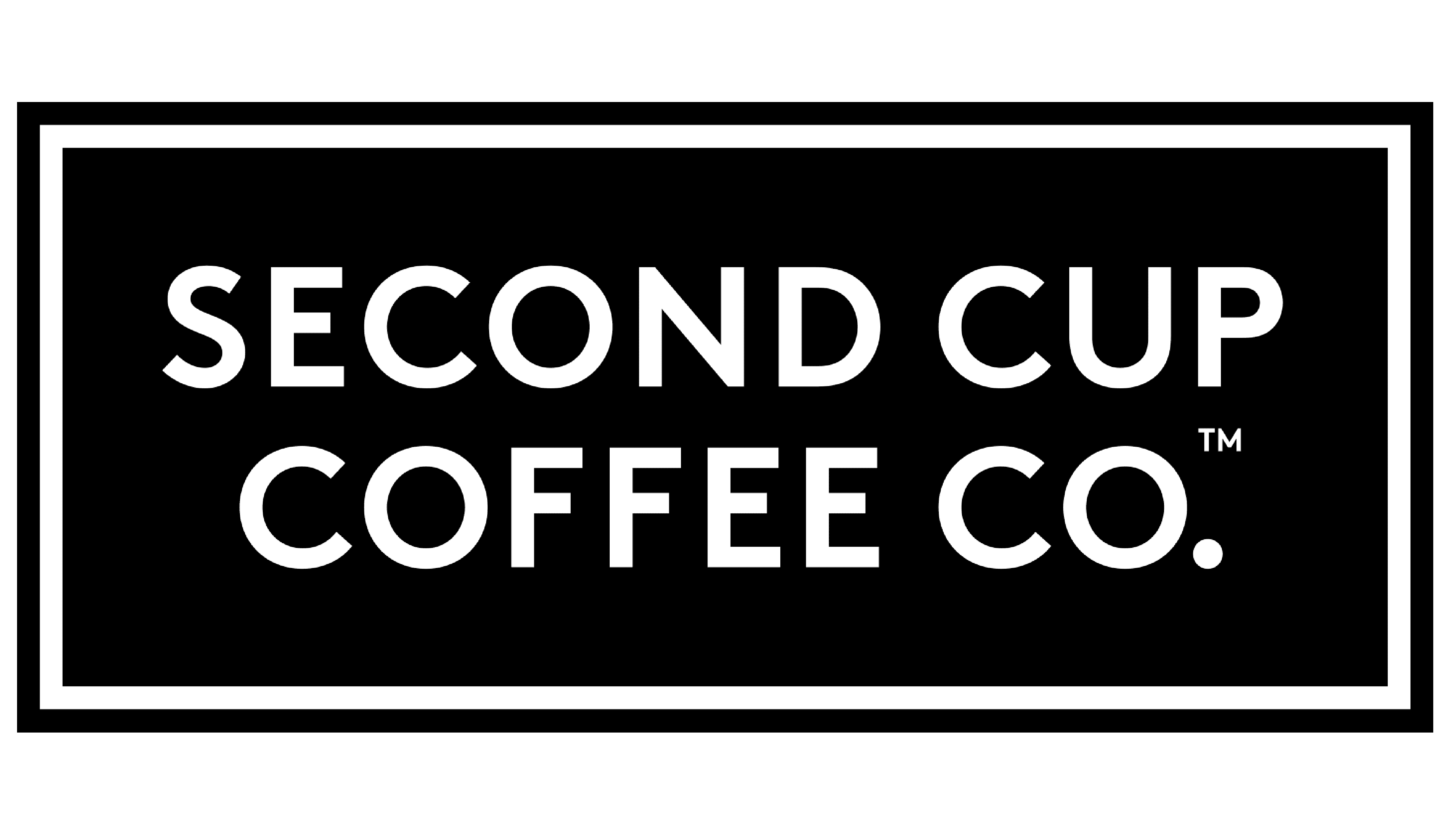Second Cup Logo
Second Cup is a Canadian café chain which, apart from coffee, sells cold and hot beverages, sandwiches, deserts and some decor goods. There are 190+ Second Cup café locations across Europe, Middle East, Asia and both Americas. As such, it’s one of the biggest Canadian café brands.
Meaning and History
There is no certain opinion why did Tom Culligan and Frank O’Dea, when founded the company in Toronto, in 1975, named their café the ‘Second Cup’. Maybe, it is featured with the corporate policy of care about coffee origins: the company wants to make as best coffee for you as possible, so you’ll probably want the second cup of their coffee.
1975 – 2006
The initial black and white brand logotype depicts the cup of coffee with the company name above and below. The whole logo is made in a circular shape. In this point, the company keeps its traditions throughout the decades.
2006 – 2015
The next logo also has the cup in a circle, but this time the brown brand name is showing off in a rectangle frame. This version is drawn in the wood-like brown color of bright and dark shades. There is also the second variant, the darker one, with white inscription.
2015 – Today
The modern logo says ‘no’ to the complicated logotypes due to its minimalistic style. The familiar cup in a circle was changed. Now there’s only the shape of cup, made in simple lines, and it is enclosed in the circular frame. The inscription is set as it was in 1975 – over the circle.
There is also the signboard version. It goes with inscription, written in the rectangle frame. It goes as the second brand logo and does not have any cups, circles or any other distinctive elements on it.
Emblem and Symbol
While using the ’empty’ logotypes in real life, as social media logo Second Cup uses the black circular logo with white lettering, similar to the 1975 version.
These watermarks can have black color with white lines, or even have third colors. Due to their simplicity and clearness, the old brand logos are still being used on some company events or Internet points of digital presence.















